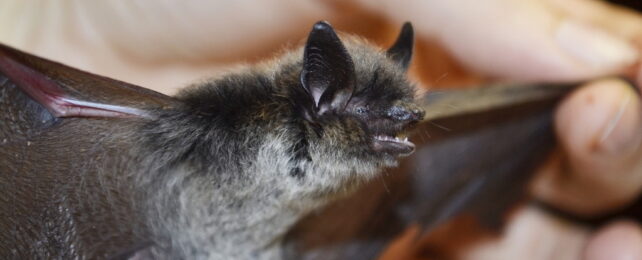Some bat species live surprisingly long lives for their diminutive size, and they might be able to teach us a thing or two about resisting cancer as we age.
Cancer is the price we pay for living longer. As we accumulate genetic mutations from a lifetime of stressors, each cell division raises the risk that something will go wrong.
But many bat species seem to cheat the system. Some can live as long as 40 years – almost 10 times longer than what would be predicted based on their body size. If humans had the same longevity, we might be regularly cramming 180 candles on our birthday cakes.
A new study, led by researchers at the University of Rochester in the US, investigated how bats seem to avoid cancer crimping their extensive lifespans. It turns out that they strike a very careful balance between two competing forces.
Several bats species have been found to possess multiple copies of a known tumor-suppressing gene called p53. Humans have just a single copy, while other cancer-resistant animals, like elephants, boast up to 20. Mutations in this gene are linked to more than half of all human cancers.
But a mechanism that's too aggressive at killing cells is obviously not desirable either. Thankfully, bats compensate with an overactive enzyme called telomerase, which allows their cells to continue to proliferate.
Again, in isolation too much telomerase activity would lead to increased risk of cancer, but the heightened p53 action mops it up. It's a remarkable balancing act that's hard not to envy.
The cherry on top is the extreme efficiency of bats' immune systems, which seem to be able to kill off rogue cancer cells effectively, with little inflammation to show for it.
At this early stage, it's hard to know how much of this could work in humans, but the team says that the study confirms p53's role in cancer prevention, which lends weight to the many drugs in development targeting the gene.
The research was published in the journal Nature Communications.
